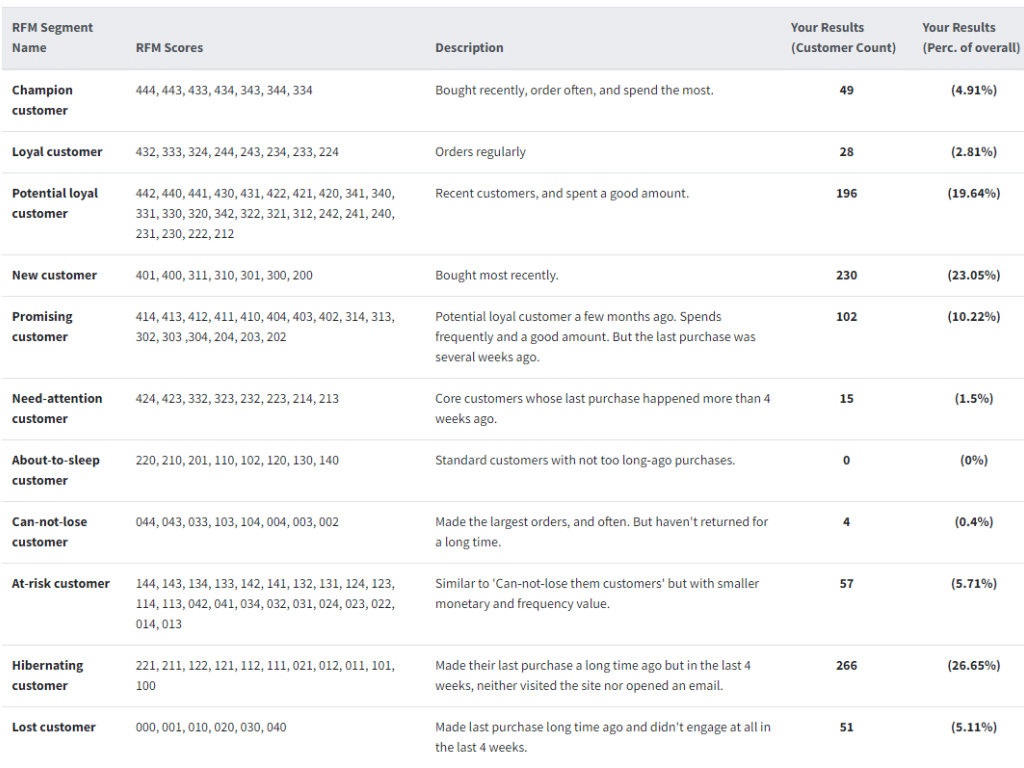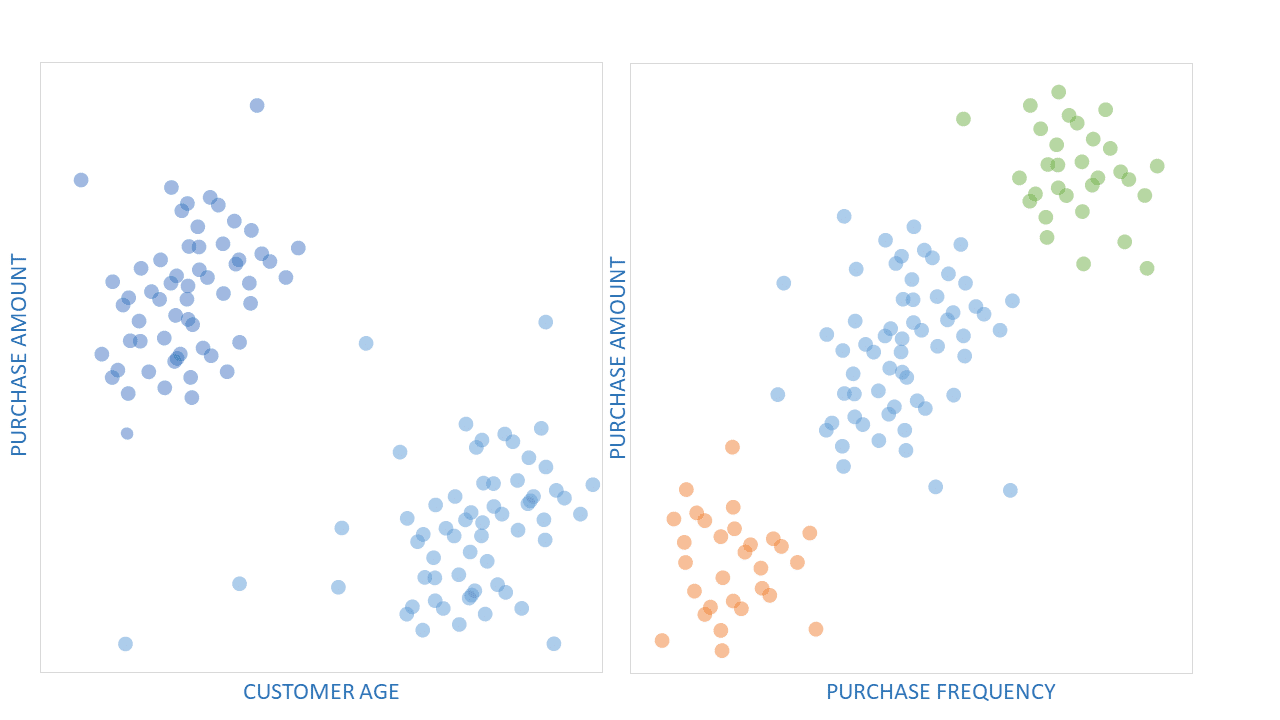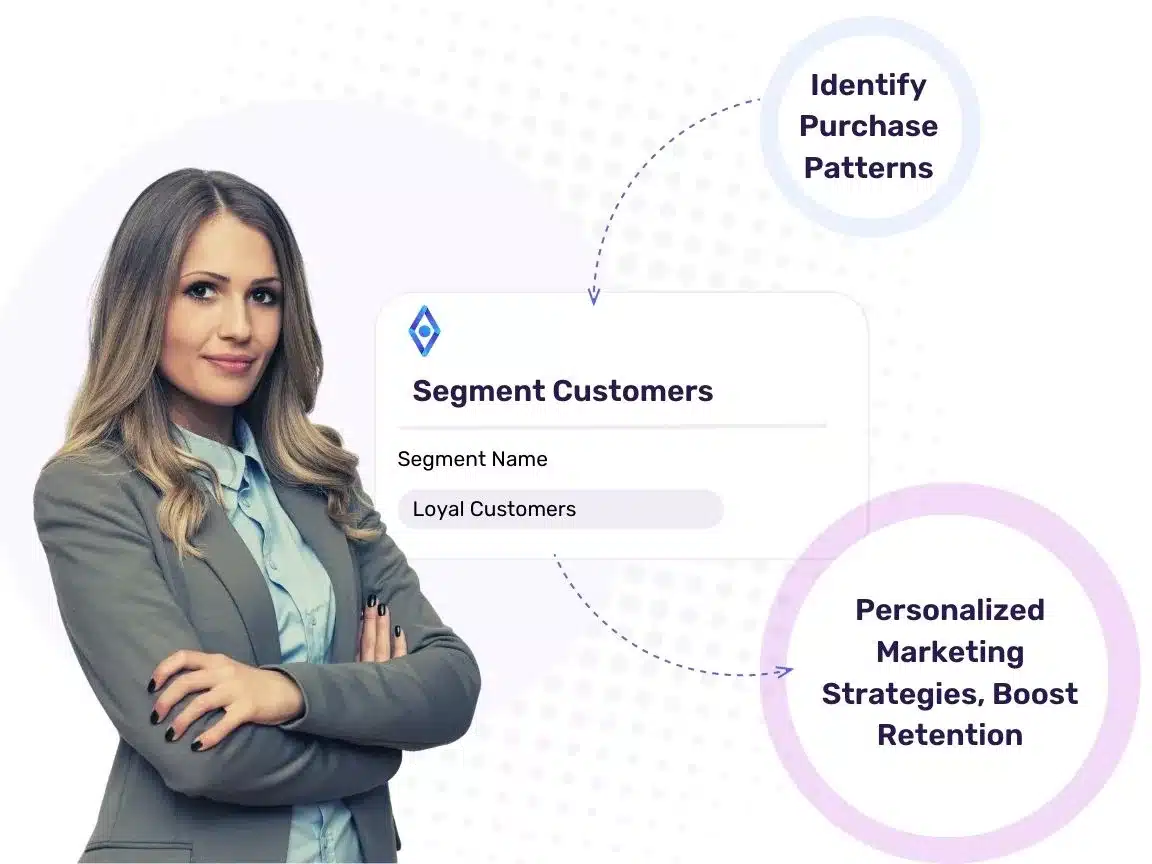Understanding your customers is more important than ever. With so much competition in every industry, having a deep understanding of your customer base can give you a significant edge. That’s where customer segmentation comes in. By dividing your customers into distinct groups based on their characteristics and behaviors, you can tailor your marketing efforts and provide a more personalized experience. In this article, we will explore the key elements of effective customer segmentation and how you can enhance your strategy using no-code predictive tools like Graphite Note.
Understanding Customer Segmentation
Before we dive into the tips and tricks, let’s first understand why customer segmentation is crucial for your business. Customer segmentation allows you to identify and target specific groups of customers who share similar needs, preferences, and behaviors. By doing so, you can develop targeted marketing campaigns, improve customer satisfaction, and ultimately increase your bottom line.
Customer segmentation is not just a buzzword – it’s a strategic approach that can revolutionize your business. By segmenting your customers, you gain a deeper understanding of their unique needs and preferences. This enables you to create personalized marketing messages, design better products and services, and build stronger customer relationships. In short, customer segmentation helps you deliver the right message, to the right people, at the right time.
But how exactly does customer segmentation work? Let’s take a closer look at the key elements of effective segmentation.

The Importance of Customer Segmentation
Customer segmentation is not just about dividing your customer base into different groups. It goes beyond that. It’s about understanding the diverse needs and preferences of your customers and tailoring your marketing efforts accordingly.
Imagine you own a clothing store. Without customer segmentation, you would treat all your customers the same way – sending them the same promotions, offering them the same products, and providing the same level of service. But by segmenting your customers, you can identify those who are interested in casual wear, those who prefer formal attire, and those who are fashion trendsetters. This allows you to create targeted marketing campaigns that resonate with each segment, resulting in higher engagement and conversion rates.
Furthermore, customer segmentation helps you identify the most profitable customer segments. By analyzing the purchasing behavior of different segments, you can allocate your resources more effectively. For example, if you find that a particular segment generates the highest revenue per customer, you can prioritize your marketing efforts and allocate more resources to target that segment.
Key Elements of Effective Segmentation
When it comes to customer segmentation, there are a few key elements to keep in mind. Firstly, it’s crucial to gather accurate and relevant data about your customers. This may include demographic information, purchase history, online behavior, and more. The more data you have, the better you can understand your customers and create meaningful segments.
Once you have the data, the next step is to define clear and meaningful segments. This involves analyzing the data and identifying patterns and similarities among your customers. For example, you may find that a certain age group prefers a specific type of product or that customers from a particular region have similar purchasing behaviors. These insights will help you create segments that are distinct, actionable, and measurable.
It’s important to note that customer segmentation is not a one-time task. Consumer preferences and behaviors evolve over time, so it’s essential to stay updated and refine your segments accordingly. Continuous monitoring and adjustment are key to ensuring that your segments remain relevant and effective.
In conclusion, customer segmentation is a powerful tool that can transform your business. By understanding the unique needs and preferences of your customers, you can tailor your marketing efforts, improve customer satisfaction, and drive business growth. So, take the time to analyze your customer data, define meaningful segments, and continuously adapt to the changing market landscape. Your customers will thank you, and your bottom line will reflect the benefits.
The Power of No-Code Predictive Tools
Now that we understand the importance of customer segmentation, let’s explore how no-code predictive tools like Graphite Note can take your segmentation strategy to the next level. No-code predictive tools empower business users to leverage the power of data science without writing a single line of code. These tools simplify complex algorithms and make predictive analytics accessible to everyone, regardless of their technical skills.
With the rise of big data and the increasing need for data-driven decision making, businesses are constantly seeking ways to extract valuable insights from their data. However, traditional data analysis methods often require specialized knowledge in programming languages and statistical modeling. This is where no-code predictive tools come in.
No-code predictive tools are software platforms that allow users to create predictive models and analyze data without having to learn programming languages or code. These tools provide intuitive interfaces, drag-and-drop functionality, and pre-built algorithms, making it easy for non-technical users to perform advanced data analysis and make data-driven decisions.
Defining No-Code Predictive Tools
No-code predictive tools have revolutionized the way businesses approach data analysis. Gone are the days when only data scientists and programmers could make sense of complex datasets. With no-code tools, anyone with a basic understanding of data can dive into the world of predictive analytics and uncover valuable insights.
These tools have intuitive interfaces that allow users to easily import their data, select the variables they want to analyze, and choose the type of predictive model they want to build. The drag-and-drop functionality makes it simple to manipulate and transform data, while the pre-built algorithms take care of the complex calculations behind the scenes.
By eliminating the need for coding, no-code predictive tools democratize data analysis and empower business users to take control of their own insights. This means that marketers, sales professionals, and other non-technical users can now leverage the power of predictive analytics to make informed decisions and drive business growth.
Benefits of Using No-Code Tools in Segmentation
When it comes to customer segmentation, no-code predictive tools can revolutionize your approach. These tools enable you to quickly analyze vast amounts of customer data and uncover hidden patterns and insights. By leveraging predictive analytics, you can identify customer segments with the highest potential for growth, predict future customer behavior, and personalize your marketing efforts based on these insights.
Imagine being able to identify the specific characteristics that define your most valuable customer segments, such as age, location, purchasing behavior, and preferences. With no-code tools, you can easily explore these variables and create targeted marketing campaigns that resonate with each segment.
Moreover, no-code tools empower business users to take ownership of their segmentation strategy and make real-time adjustments, without relying on data scientists or IT teams. This means that marketers can experiment with different segmentation approaches, test hypotheses, and iterate on their strategies without any technical barriers.
By using no-code predictive tools, businesses can unlock the full potential of their customer data and gain a competitive edge in the market. Whether you’re a small startup or a large enterprise, these tools can help you make data-driven decisions, improve customer satisfaction, and drive revenue growth.

Tips to Enhance Customer Segmentation
Now that we’ve covered the fundamentals, let’s delve into twelve practical tips to enhance your customer segmentation efforts. These tips will help you leverage data, utilize predictive analytics, and make the most of machine learning techniques.
Leveraging Data for Segmentation
1. Collect comprehensive customer data: Gathering customer data is crucial for effective segmentation. In addition to demographic information like age, gender, and location, it’s important to collect behavioral data as well. This includes customer interactions, purchase history, browsing patterns, and social media engagement. By combining both demographic and behavioral data, you can gain a holistic understanding of your customers.
2. Utilize multiple data sources: To get a 360-degree view of your customers, it’s essential to gather data from various touchpoints. This includes CRM systems, website analytics, social media platforms, and customer feedback channels. By integrating data from different sources, you can create a more accurate and comprehensive customer profile.
3. Conduct surveys and interviews: While quantitative data is valuable, qualitative data can provide deeper insights into customer preferences and motivations. Engage directly with your customers through surveys, interviews, and focus groups to gather qualitative data. This will help you understand their needs, pain points, and expectations, enabling you to tailor your segmentation strategies accordingly.
Utilizing Predictive Analytics
4. Identify predictive variables: To effectively predict customer behavior, it’s important to identify the key variables that have a significant impact. Analyze your data to determine which factors, such as past purchases, browsing history, or engagement levels, are strong indicators of customer behavior. These variables will form the foundation of your predictive models.
5. Build predictive models: With the help of no-code predictive tools like Graphite Note, you can create models that forecast customer behavior and identify patterns in your data. These models can provide valuable insights into customer segmentation, allowing you to target specific customer groups with personalized marketing strategies.
6. Test and validate your models: Predictive models are not set in stone. It’s crucial to continuously evaluate the accuracy and effectiveness of your models. By testing and validating your models against real-world data, you can ensure that they provide actionable insights. Regularly update and refine your models to keep up with changing customer behavior and market dynamics.
Enhancing Segmentation with Machine Learning
7. Embrace clustering algorithms: Machine learning algorithms like K-means clustering can be powerful tools for customer segmentation. By grouping customers based on similarities in their behavior, preferences, or demographics, you can create distinct customer segments. This allows you to tailor your marketing messages, product offerings, and customer experiences to each segment’s unique needs and preferences.
8. Develop personalized recommendations: Collaborative filtering algorithms can help you offer personalized product recommendations to your customers. By analyzing customer preferences and similar user profiles, these algorithms can suggest products or services that are likely to resonate with individual customers. Personalized recommendations not only enhance the customer experience but also increase the likelihood of conversion and customer loyalty.
9. Implement propensity models: Propensity models, built with no-code predictive tools, enable you to predict future customer behavior. For example, you can use propensity models to determine the likelihood of a customer churning or making a purchase. By identifying customers who are at risk of churn or those with a high propensity to make a purchase, you can proactively engage with them through targeted marketing campaigns or personalized offers.
These tips will help you take your customer segmentation efforts to the next level. By leveraging data, utilizing predictive analytics, and embracing machine learning techniques, you can gain deeper insights into your customers and tailor your marketing strategies to drive better results.

Implementing No-Code Predictive Tools
Now that you have a solid understanding of customer segmentation and the potential of no-code predictive tools, it’s time to implement these tools into your business strategy. Here’s how:
Choosing the Right No-Code Tool
10. Evaluate your business needs: Consider your budget, team’s skillset, and specific requirements when selecting a no-code predictive tool.
11. Look for ease of use: Ensure the tool has an intuitive interface and provides ample documentation and support for non-technical users.
12. Explore Graphite Note: Consider Graphite Note as your no-code predictive tool of choice. With its user-friendly interface, powerful analytical capabilities, and robust support, Graphite Note empowers you to enhance your customer segmentation like never before.
Measuring the Success of Your Segmentation Strategy
Segmentation is an ongoing process, and it’s essential to measure the effectiveness of your strategy. Here are a few key performance indicators (KPIs) to track:
Key Performance Indicators for Segmentation
– Conversion rate: Are your segmented campaigns leading to higher conversion rates?
– Customer retention: Are you retaining more customers within specific segments?
– Customer lifetime value: Are your high-value segments bringing in more revenue over time?
Continuous Improvement of Segmentation Strategy
Remember, segmentation is not a one-time task but an ongoing process. Continuously monitor your segments, analyze their performance, and make data-driven adjustments to optimize your strategy.
In summary, customer segmentation is an invaluable tool for any business looking to thrive. By implementing these twelve tips and utilizing no-code predictive tools like Graphite Note, you can enhance your customer segmentation strategy and unlock new levels of success. With data-driven insights at your fingertips, you’ll be well-equipped to provide personalized experiences and build long-lasting customer relationships. So, what are you waiting for? Start segmenting and start succeeding!




